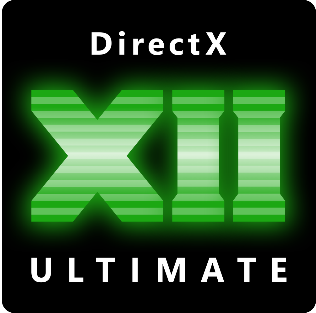TAA /= MS. And modern, well-implemented TAA results in very good image quality in native 4K, practically better than a previous 8xMSAA! Yes, its softness can be noticeable under 4K, but remember that DLSS also results in a softer image compared to high native resolutions.
VRS. VRS is present in several first-party MS games and works well (almost unnoticed). However, the modern software form of VRS is even more advanced and has become/will be an important performance function of the Unreal Engine starting with version 5.4. Based on the available data, its use results in a performance increase of up to 40-50% for current generation consoles.
VRS. VRS is present in several first-party MS games and works well (almost unnoticed). However, the modern software form of VRS is even more advanced and has become/will be an important performance function of the Unreal Engine starting with version 5.4. Based on the available data, its use results in a performance increase of up to 40-50% for current generation consoles.

